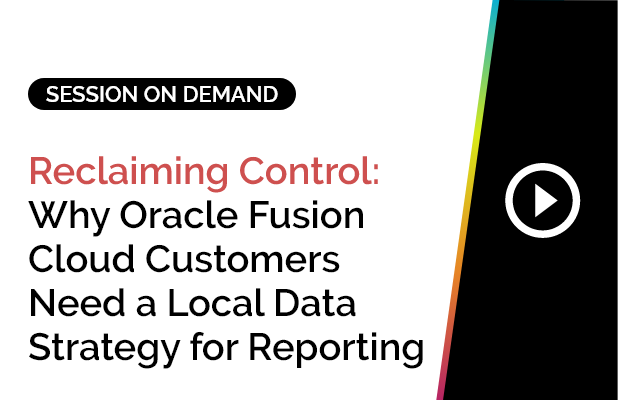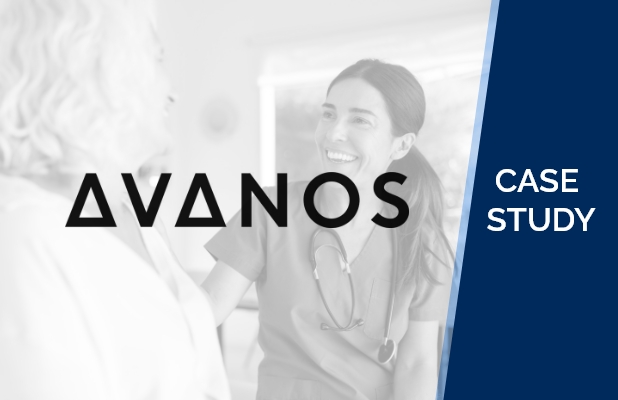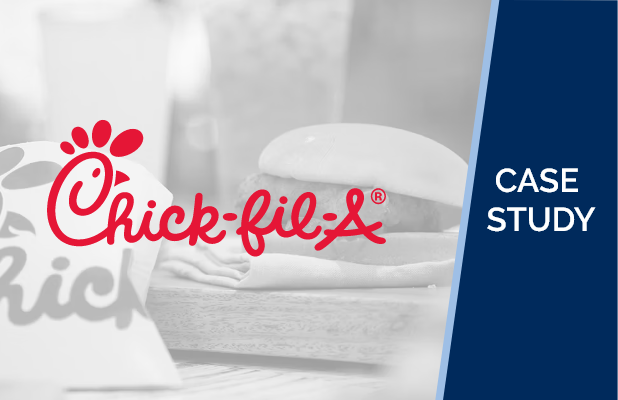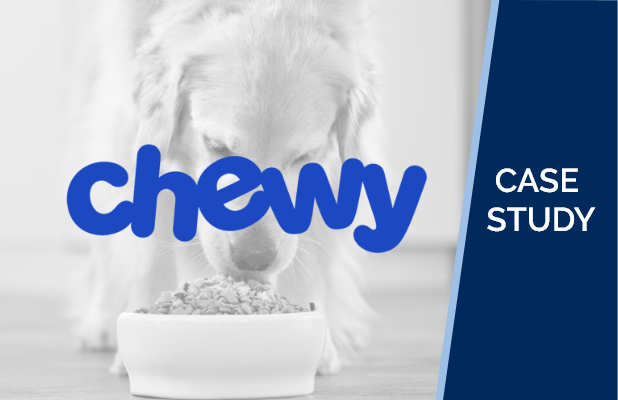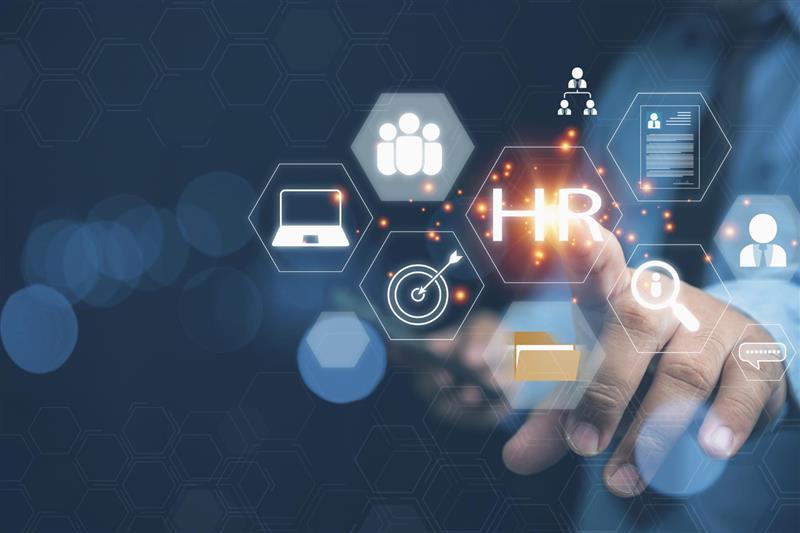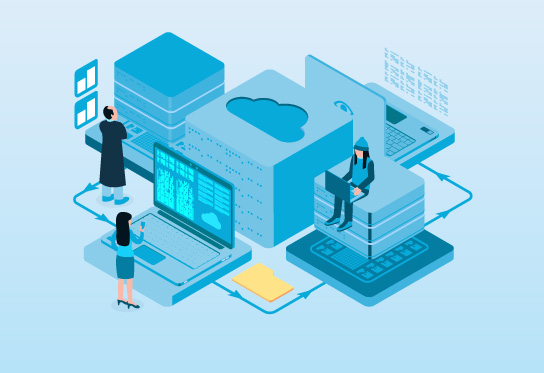Most HR leaders aren’t clamouring for more data. They’re craving data that moves. Decisions. And actions.
Consider this: the average large company now runs 80 + distinct HR-technology systems across payroll, performance, onboarding, learning and more. That means more dashboards, more static reports. And yet, often there is still no clear action. Or even insight.
In a landscape where every HR-Tech booth screams “AI-powered,” the real differentiator isn’t the technology itself. It’s whether AI helps HR teams act faster, smarter, with more confidence.
That’s exactly what Tom Ericson and Brianne Minnich of SplashBI unpacked in their recent OHUG webinar, “What HR Leaders Are Asking About AI.”
Want to go deeper into their insights and real-world examples? Watch the full session on demand
The Big Shift: From ‘Question → Dashboard’ to ‘Question → Action List’
For years, HR analytics meant chasing dashboards — toggling between tabs, filtering reports, and stitching together answers from static visuals. But AI is redefining that rhythm. We’ve gone from generating dashboards to generating momentum.
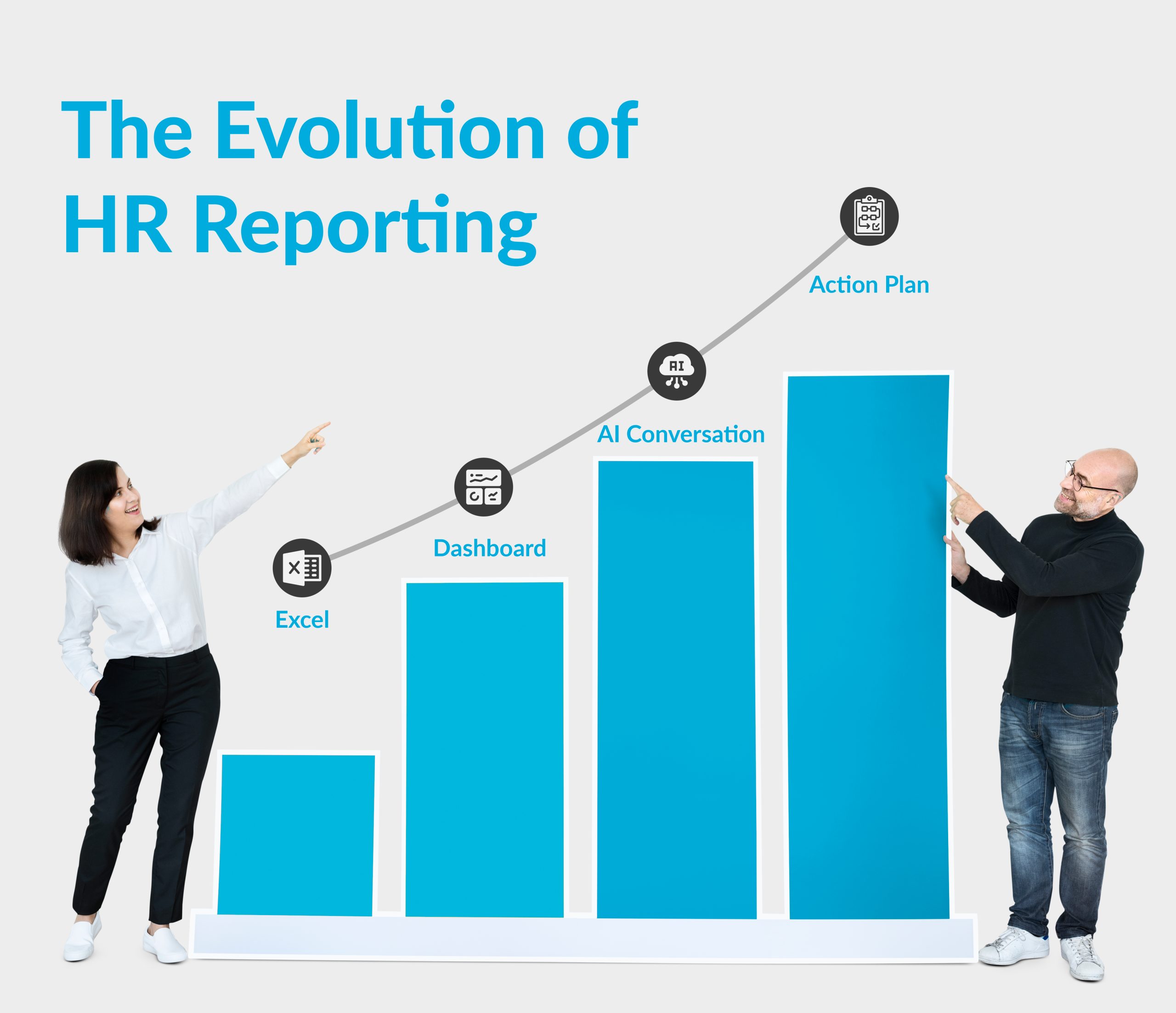
As Brianne Minnich, Delivery Head at SplashBI, put it during the webinar:
“Instead of going into a dashboard, applying filters, and building charts, imagine asking a question in plain language and instantly getting an answer – chart, insights, and next steps included.”
That single shift – from building reports to conversing with data – is transforming how HR teams operate. Traditional BI gave visibility. Conversational AI gives velocity.
Today’s HR leaders don’t just want to know what happened; they want to know what to do next. Every click saved, every manual filter eliminated, compounds into strategic speed — especially when decisions can’t wait for the next reporting cycle.
In the new HR analytics workflow, the path looks like this:
Question → Chart → Action.
Ask what matters. See it instantly. Act with confidence.
And that’s the real breakthrough. AI isn’t replacing dashboards. It’s dissolving the distance between curiosity and clarity.
Why ‘Confidence’ Is the New KPI
The future of HR analytics won’t be measured by how much data you collect, but by how much you can trust.
In recent conversations, especially industry conferences, one theme kept surfacing: data confidence is becoming the new currency of action. When AI tools surface insights, HR leaders are increasingly asking, “Can I trust this enough to act on it?”
As Tom Ericson, Vice President at SplashBI, reminded the audience:
“You’ll never have all the data you need. Start where you have confidence, that’s where AI can actually add value.”
It’s a simple truth that challenges how most HR teams think about analytics. Instead of waiting for “perfect” data, modern HR teams are prioritizing trusted data, and AI is helping quantify that trust.
Brianne Minnich expanded on that shift:
“People at HR Tech conference this year were most excited to see a confidence score on their data – that number tells you if your AI insight is worth acting on.”
These confidence indicators give HR professionals the one thing dashboards rarely could: transparency. They can now see not just what the AI found, but how sure it is, and decide their next step accordingly.
Because when HR leaders walk into an executive meeting armed with data they can stand behind, the conversation changes.
Decisions happen faster.
Doubt disappears.
And AI becomes not just a source of insight, but a partner in judgment.
From Reporting to Storytelling: AI’s Role in Clarity
If the last decade of HR analytics was about collecting data, the next one is about communicating it.
Reports tell you what happened. Storytelling tells you why it matters.
That’s where AI is quietly reshaping HR’s influence, turning static metrics into dynamic narratives that business leaders can act on.
As Brianne Minnich explained during the OHUG webinar:
“Simplified storytelling is what builds adoption. HR leaders want to get to the answer quickly, not flip through dashboards or decks.”
Think about it. A CHRO pings an HRBP five minutes before a leadership meeting:
“Can you tell me our turnover trend for Q3, especially for high performers?”
In the old world, that question meant scrambling through dashboards, slicing data, exporting charts.
In the new world, the HRBP simply asks the AI in plain language. Within seconds, they get:
- A clean visual chart of Q3 turnover by department
- A confidence score (say, 92%)
- And a short narrative: “High-performer turnover rose 7% in Sales, driven by longer promotion cycles.”
That’s not reporting. That’s storytelling and insighting in real time.
The difference is profound:
- Dashboards explain the past.
- AI narrates the present, and hints at the future.
With conversational AI, HR professionals can focus on interpretation instead of assembly. The conversation in the boardroom shifts from “What are the numbers saying?” to “What are we going to do about it?”
Reducing Cognitive Overload: AI as an Activation Engine
The hidden tax of HR analytics has never been the data. It’s the mental load that comes with it.
Endless dashboards, filters, and spreadsheets create what cognitive scientists call ‘analysis fatigue.’
That’s why AI’s most underrated role isn’t automation. It’s activation – reducing the clutter so HR can think strategically again.
As Brianne Minnich put it during the webinar:
“AI isn’t a $0 headcount. It’s a partnership. It reduces cognitive overload and jumpstarts your thinking.”
In other words, AI doesn’t replace human judgment. It frees it.
When HR leaders no longer spend hours preparing data, they can spend that time interpreting it. Instead of spending Monday mornings cleaning spreadsheets, they’re asking higher-order questions like:
- Which of these turnover risks should we actually act on?
- How can we intervene before performance dips?
- What’s driving engagement in our highest-performing teams?
AI becomes an activation engine that transforms a flood of information into immediate, relevant, and contextual guidance.
For example, when an HRBP uploads a monthly attrition report, the AI doesn’t just summarize the data. It highlights why turnover spiked, which teams are affected, and what actions could make an impact – all in the same conversation.
That shift – from “data prep” to “decision readiness” – is what separates digital HR teams from truly intelligent ones.
The goal isn’t just fewer clicks. It’s fewer questions that end with “I’ll get back to you.”
How SplashBI’s Conversational AI Brings It All Together
If there was one line from the webinar that captured SplashBI’s philosophy, it was Tom Ericson’s reminder:
“You can’t do AI without BI.”
Because under every smart answer an AI gives, there’s still a foundation of clean, connected, business-ready data. SplashBI’s approach to AI builds on that truth. It doesn’t try to replace analytics; it amplifies it.
What sets this next wave of HR AI apart is its ability to bridge the gap between curiosity and action.
Ask a question like: “Which departments saw the highest turnover among top performers last quarter?”
And you get:
- A visual chart, instantly generated.
- Contextual insights – “Sales turnover up 7%, driven by lower promotion rates.”
- An action cue – “Consider retention adjustments for mid-level managers.”
SplashBI’s conversational AI integrates seamlessly with core systems – HR, payroll, learning, and even survey tools – to unify context. And because it’s built on the company’s mature BI platform, every insight is traceable, explainable, and grounded in verifiable data.
The result: HR teams spend less time toggling between dashboards and more time deciding what to do next.
This shift transforms AI from a “tool” into a trusted thought partner that learns how your organization thinks, aligns with your data governance model, and accelerates every decision loop.
Or, as Brianne described it:
“It’s like moving from static dashboards to living conversations, where every question opens a new door.”
Building Trust, Not Fear, Around AI
In the final moments of the OHUG session, Tom Ericson left HR leaders with a simple, reassuring truth:
“Don’t be afraid of AI. It’s your friend, and it will make your life easier.”
That line captures what this new era of HR analytics is really about. The real ROI of AI is amplification.
AI isn’t here to take over reporting; it’s here to take reporting further.
It clarifies what matters most, contextualizes every metric in real time, and connects the dots across fragmented HR systems. The result is a single, confident narrative that leaders can act on.
Without the noise, without the lag, and without the doubt.
This is how AI transforms HR from a reactive function into a responsive force.
Because reporting looks backward. Responding moves you forward.



